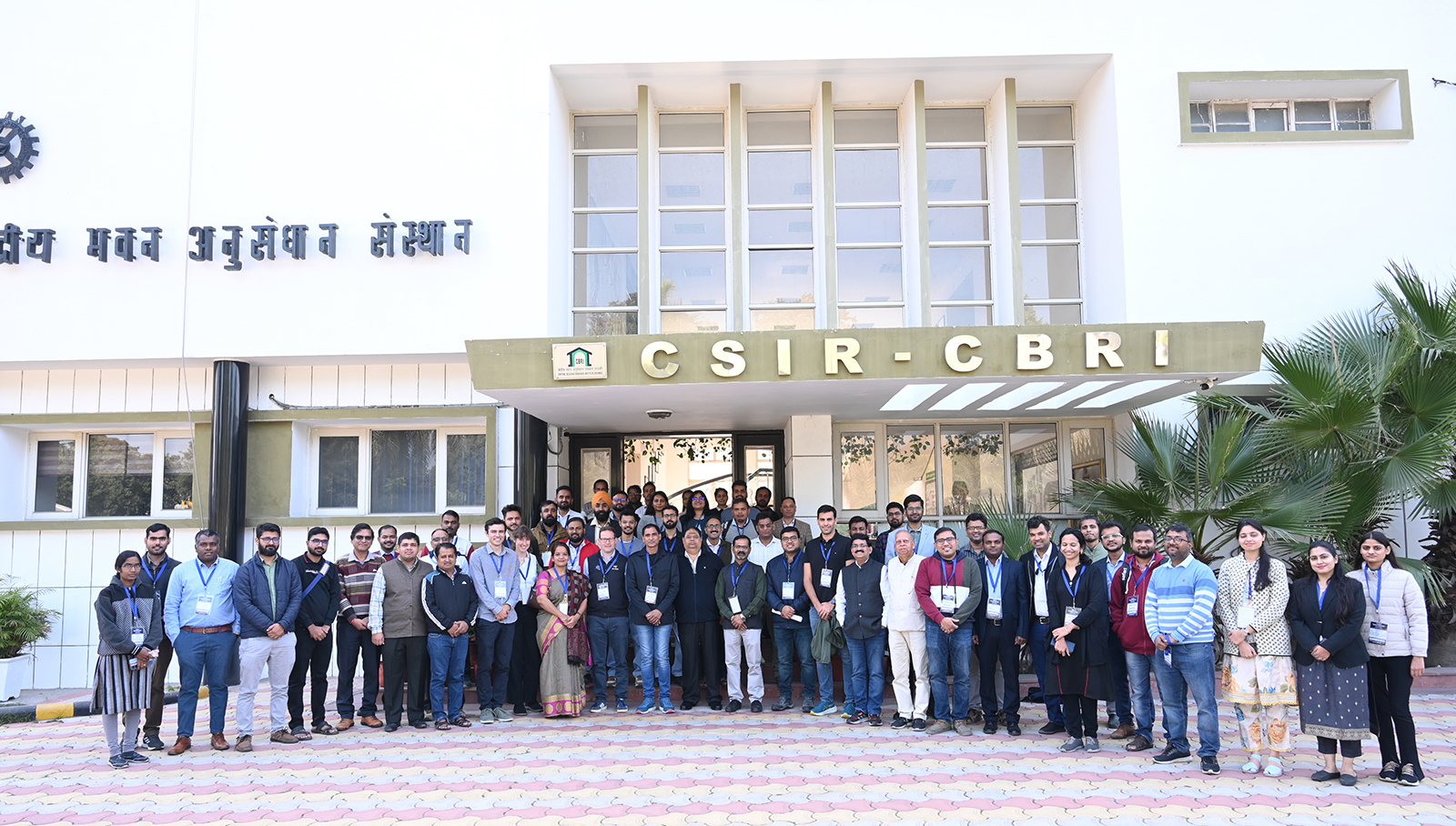


Under the framework of the SCA-Himalayas project, a collaboration between the WSL Institute for Snow and Ice Avalanche SLF in Switzerland, the Central Building Research Institute (CBRI) and Swiss Agency for Development and Cooperation (SDC) is ongoing to model rock-ice avalanches in Uttarakhand. The primary goal of the collaboration is to develop and apply models that can simulate and predict rock-ice avalanches, which are significant natural hazards in the Himalayan region. By leveraging these models, the project aims to improve hazard risk assessments, enhance disaster preparedness, and ultimately contribute to building resilience in the region.

In November 2024, a mission to Uttarakhand was conducted, starting with a three-day workshop titled "Modelling Rock-Ice Avalanches, Rockfalls, and Debris Flows: Hands-on Training". The workshop took place from November 20-22, 2024, at the CSIR-Central Building Research Institute (CBRI) in Roorkee.This event was a collaborative effort of CSIR-CBRI, Roorkee (India), WSL Institute for Snow and Avalanche Research SLF (Switzerland)&SDC.
 The workshop aimed to provide hands-on training in modeling the natural hazards of rock-ice avalanches, rockfalls, and debris flows, with a focus on practical applications in disaster risk assessment and resilience-building, particularly in the Himalayan region.
The workshop aimed to provide hands-on training in modeling the natural hazards of rock-ice avalanches, rockfalls, and debris flows, with a focus on practical applications in disaster risk assessment and resilience-building, particularly in the Himalayan region.
A total of 33 professionals from relevant institutions/organizations participatedin this workshop.The event focused on learning and sharing pertinent experiences to strengthen resilience in the Himalayan region. Participants, many of whom work in the Indian Himalayan Region (IHR), shared insights on past events and the role of modeling in hazard risk impact assessment.
 The mission also included a field visit to Patalganga, located in the Chamoli district, to validate the findings related to mass movement, which were previously detected using remote sensing technologies. Patalganga, situated on the route to Joshimath in Chamoli, has been identified as a vulnerable area exhibiting signs of mass movement. This area can potentially cause significant disaster events, making it a key location for field validation and further study.
The mission also included a field visit to Patalganga, located in the Chamoli district, to validate the findings related to mass movement, which were previously detected using remote sensing technologies. Patalganga, situated on the route to Joshimath in Chamoli, has been identified as a vulnerable area exhibiting signs of mass movement. This area can potentially cause significant disaster events, making it a key location for field validation and further study.
The missionwas a mutual opportunity for learning, and sharing, bringing together the relevant capabilities towards strengthening resilience in the Himalayan region.




